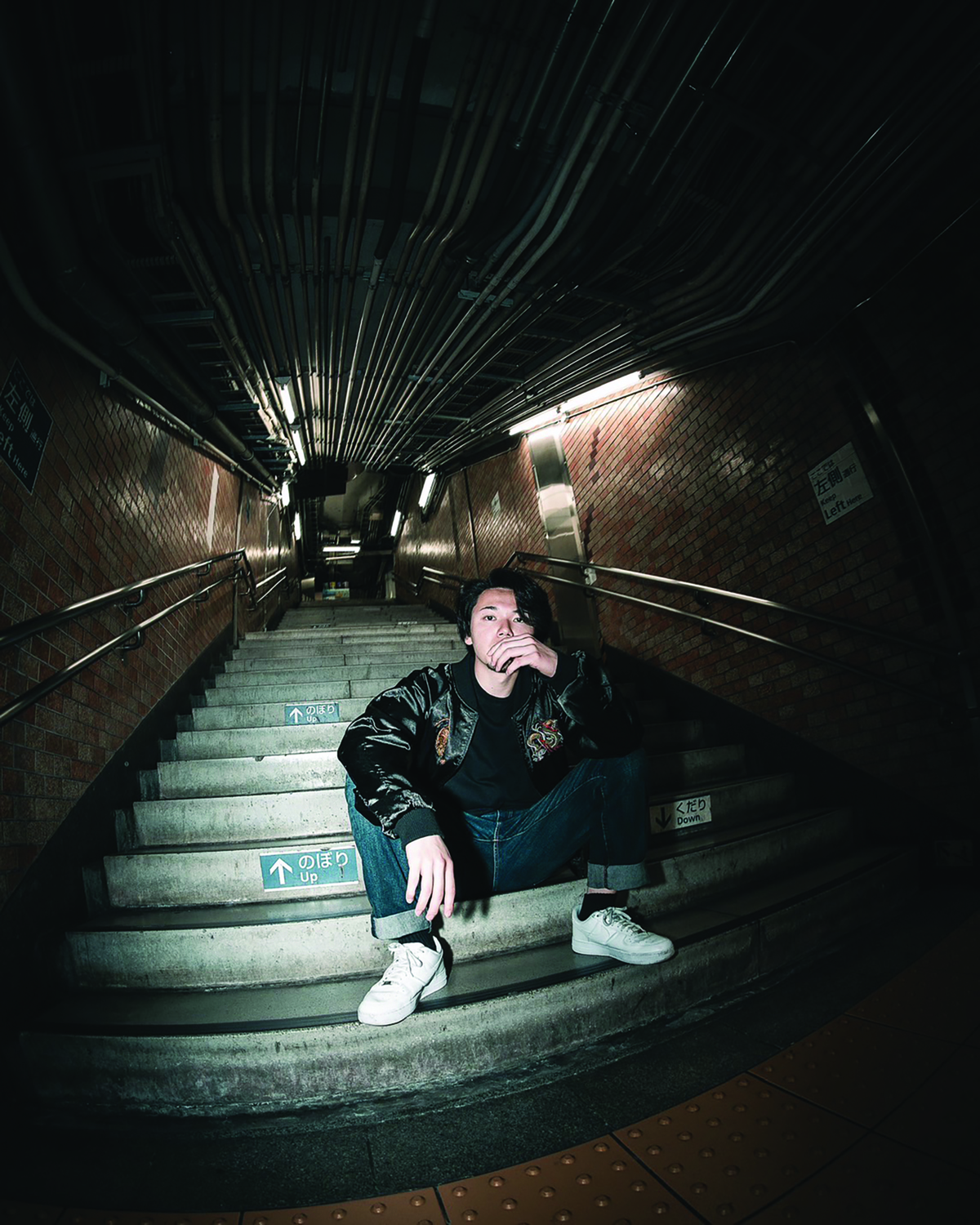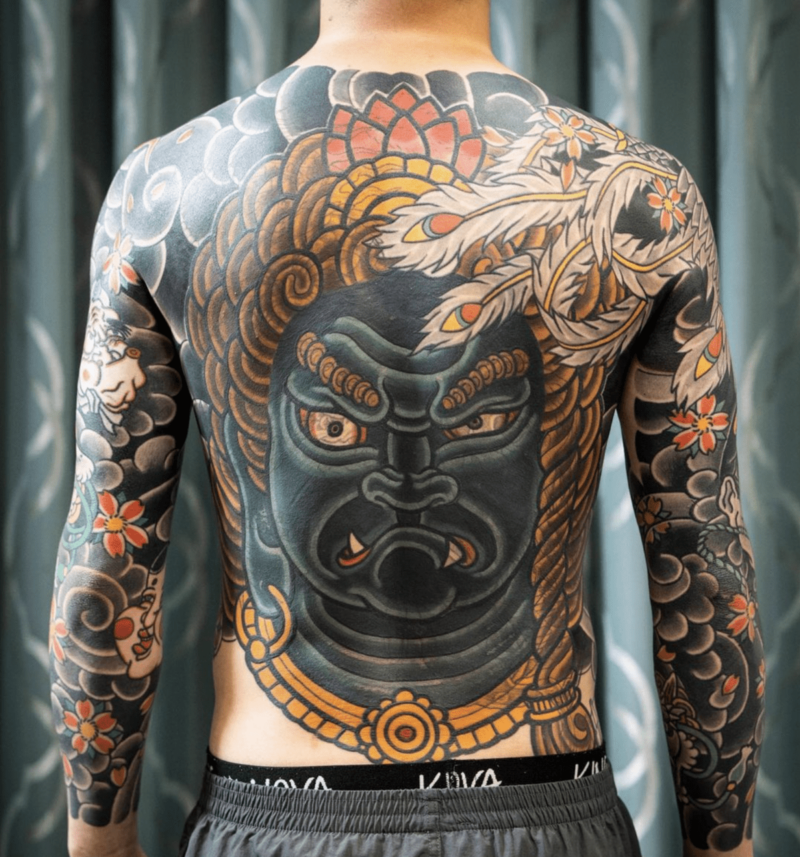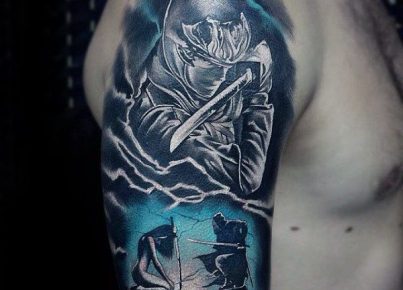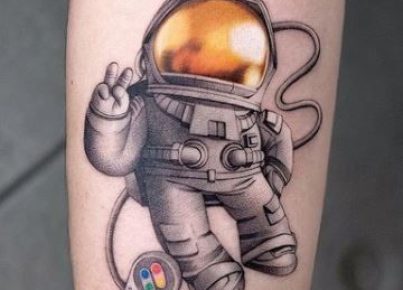Tattoos have always held a special place in the realm of art and culture, serving as symbols of identity, spirituality, and artistic expression across various civilizations. In Japan, the history of tattoos is a vibrant tapestry that weaves together ancient traditions, cultural practices, and social perceptions. From its early roots in spiritual rituals to its modern-day resurgence as a form of self-expression, the journey of tattoos in Japan is a captivating narrative that reflects the evolution of society and individuality.

The origins of tattooing in Japan can be traced back to the Jōmon period, a prehistoric era that spanned from around 10,000 B.C.E. to 300 C.E. Archaeological excavations have unearthed clay figurines with intricate tattoo markings, suggesting that tattooing was practiced for spiritual and ritualistic purposes. These early tattoos were believed to symbolize protection, status, and identity within the community, laying the foundation for the cultural significance of tattoos in Japan.
The Kofun period (300-600 C.E.) marked a significant shift in the role of tattoos in Japan, where they began to take on religious connotations. Tattoos in shamanistic rituals symbolized protection against malevolent spirits. Moreover, the indigenous Ainu people of Hokkaido incorporated tattooing into their cultural practices as a means of connecting with nature and ancestral spirits.
The next significant transformation started in the Edo period (1603-1868). The government imposed strict regulations prohibiting tattooing and enforced it as a form of punishment (irezumi kei) for criminals, branding them with permanent marks to signify their social status. This practice led to the association of tattoos with criminality, shaping the negative perception of tattoos in Japanese society for centuries to come. The tattoos received were based on the crime committed and the location of the tattoo indicated the type of crime. For example, murderers were tattooed on their heads, while thieves had tattoos on their arms. The tattoos also operated on a three-strikes system, with each strike representing a Chinese symbol (大) followed by death.
Despite the social stigma surrounding tattoos, the Edo period also witnessed the emergence of a distinct tattoo art form known as irezumi (translating to “inserting ink”). Tattoo artists, known as horishi, developed intricate designs inspired by ukiyo-e woodblock prints, incorporating motifs such as dragons and tigers for example. This distinct style is characterized by bold and colorful designs that cover large areas of the body.
However, the Meiji Restoration in 1868 brought about sweeping social changes in Japan, leading to the banning of tattoos in 1872 due to their association with criminality and rebellion. Despite this prohibition, tattoos continued to thrive underground, with yakuza gang members and outcasts wearing elaborate tattoos as a symbol of loyalty, strength, and defiance against societal norms.
In recent decades, tattoos have experienced a resurgence in Japan, propelled by a new generation of artists and enthusiasts who seek to reclaim and reinterpret the rich heritage of Japanese tattooing. Traditional motifs such as koi fish, dragons, cherry blossoms, and peonies continue to inspire contemporary tattoo designs, blending ancient symbolism with modern aesthetics.
Today, Japanese tattoo artists are celebrated around the world for their exceptional skill and creativity, attracting clients from diverse backgrounds who seek to adorn their bodies with exquisite works of art. From traditional hand-poked tebori tattoos to modern machine-based techniques, the art of Japanese tattooing continues to evolve and captivate audiences worldwide, bridging the past with the present in a celebration of culture, craftsmanship, and self-expression.
Taking it to the Streets
Queue in TAKASHii From Japan. Takashii is a street interviewer originally from Nagoya, Japan, but has lived in Tokyo for the past six years. He started street interviewing simply because he didn’t see himself as a typical nine-to-five worker. He felt more compelled to create media content and thought what better way to do that than to get out on the streets of Japan and interview people about their ideas and perspectives on life in Japan.
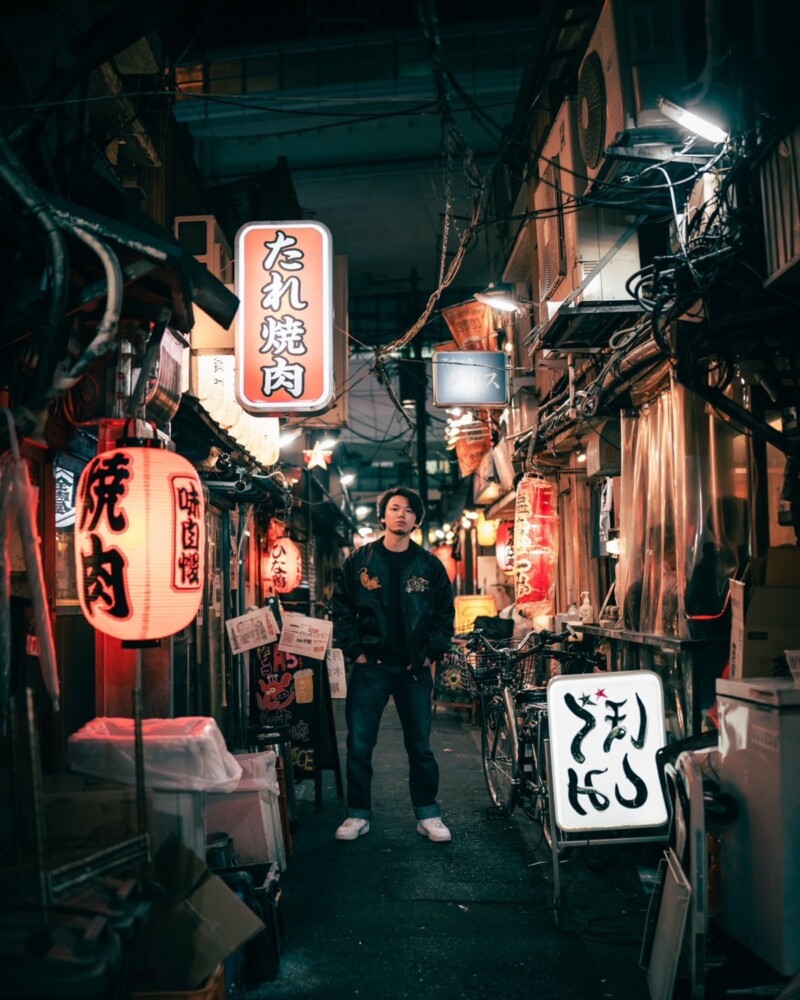
Takashii truly enjoys his line of work and laments that it’s fun because it’s so unpredictable. His goal is to magnify the ‘true’ feelings and observations of living in Japan. He wants people to truly understand what it’s like, both the perceived good and bad. Takashii finds interviewing challenging at times because Japanese people tend to be very private, and don’t particularly care to be in a video speaking on their thoughts and feelings. Nevertheless, Takashii makes his interviewees feel comfortable, never interrupting and letting them speak freely about their ideas. He doesn’t judge them, even if their ideas or thoughts oppose his own convictions.
Takashii has interviewed famous people, business personnel, influencers, and, you guessed it, tattoo artists and heavily tattooed individuals. One day while in Harajuku, Takashii found Horidai Yuki. Yuki is one of the more popular tattoo artists in Japan and is also a content creator on various social media platforms.

Takashii had an impromptu street interview with Yuki and it exploded on social media. They spoke about Yuki wearing long sleeves and pants in public even when it’s hot, his first tattoos, and his inspirations, along with his insights regarding the taboo nature of tattoos in Japan. Yuki says he doesn’t feel society needs to change its outlook on tattoos simply because when someone decides to get tattooed, they already know what comes along with its association.
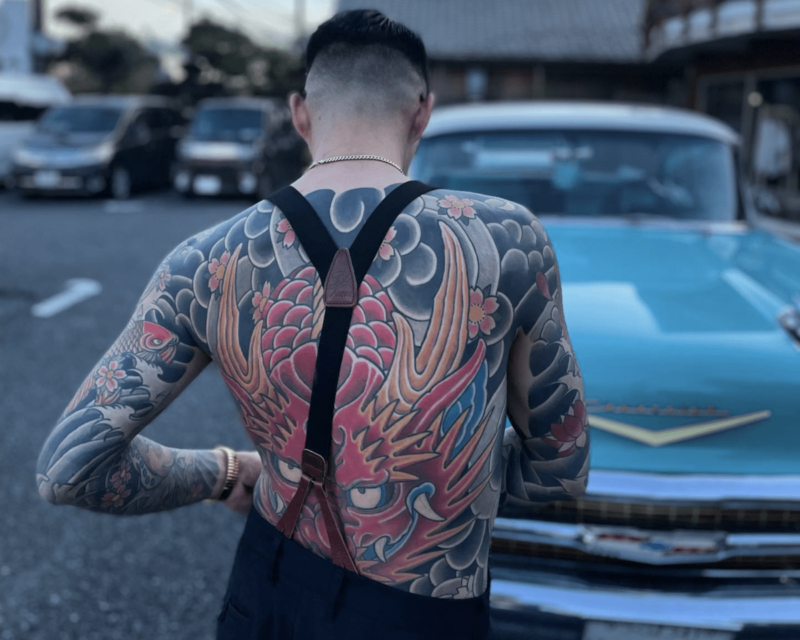
Yuki sits among top talents, along with fellow tattoo artists Taku Oshima and Nissaco. Unlike Yuki’s more traditional style of tattooing, Oshima’s expertise plays heavily on ornamental blackwork, and he often creates full-body suits. Oshima traveled a lot when he was younger and says he started tattooing because he found it to be a profession where you can be successful and still travel the world. He says, “My goal is simple: to create beauty that can be seen from 10 meters away.”
While staying in the realm of blackwork, Nissaco takes a turn in a different direction. His work primarily focuses on large cohesive pieces that break the bounds of traditional symmetry. You can find his pieces mimicking an almost geometrical canvas at times.
Japanese tattooing continues to captivate and inspire people globally, transcending cultural boundaries and resonating with individuals who appreciate its beauty, symbolism, and craftsmanship. Attitudes toward tattoos are gradually evolving, with a growing acceptance of body art as a form of self-expression and personal style. While some public spaces such as onsens (hot springs) and gyms still maintain strict no-tattoo policies due to historical associations with organized crime, there is a shifting perception that recognizes tattoos as legitimate artistic expressions rather than markers of criminality.
As Japanese tattooing navigates the complexities of tradition, modernity, and social norms, it continues to evolve and adapt to new cultural landscapes. Contemporary artists are pushing boundaries, experimenting with innovative designs, and incorporating elements from diverse artistic traditions to create unique and compelling tattoo art.
Whether rooted in centuries-old traditions or exploring new frontiers of creativity, Japanese tattooing remains a vibrant and dynamic form of artistic expression that celebrates the intersection of history, culture, and individuality. By honoring the legacy of irezumi while embracing the spirit of innovation, Japanese tattoo artists are shaping the future of a timeless art form that continues to inspire and intrigue people around the world.
Check out the gallery below!
Find more article like this, here.

